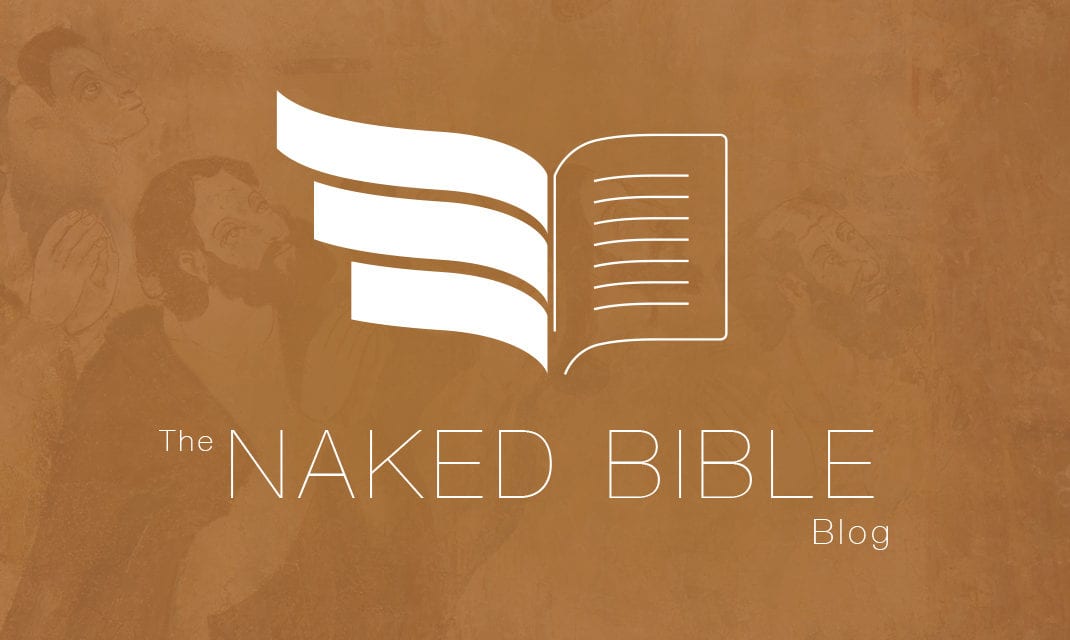In a couple of weeks I’ll be filming three courses for Faithlife (my employer; aka Logos Bible Software) that revolve around content threads in my book The Unseen Realm: Recovering the Supernatural Worldview of the Bible. The idea is not to go through the book chapter-by-chapter, but to pick topics that run through both testaments. The first course will be about the motif of the cosmic mountain in biblical theology. That term may be new to many readers. It’s an academic term used to describe the place of God’s presence and his “council headquarters” — the place from which God makes decisions and they are carried out, whether by divine beings or human beings (or both).
The cosmic mountain idea begins in Eden. Yes, Eden is a garden, but it’s also referred to as a mountain in Ezek 28. There’s a reason for that. There are also reasons why Sinai, the Tabernacle, the Zion Temple, and the Church have specific touchpoints with Eden. They are all cosmic mountains. This is why, for instance, the Tabernacle and the Temple are decorated in ways that reminded people (and us) of Eden. I won’t rehearse all the arguments and data here — you can read the book. But I thought I’d post some new material here that I’ll be including in the course even though it isn’t specifically in The Unseen Realm. (This is “sequel” territory).
Have you ever wondered why there are so many spiritual encounters at trees in the Old Testament? Why tree locations are sacred space? Maybe you never noticed. But it’s true. Here are some passages to ponder in light of the Edenic/cosmic mountain idea.
Gen 12:6-7
6 Abram passed through the land to the place at Shechem, to the oak of Moreh. At that time the Canaanites were in the land. 7 Then the LORD appeared to Abram and said, “To your offspring I will give this land.” So he built there an altar to the LORD, who had appeared to him.
Gen 18:1-4
And the LORD appeared to him by the oaks of Mamre, as he sat at the door of his tent in the heat of the day. 2 He lifted up his eyes and looked, and behold, three men were standing in front of him. When he saw them, he ran from the tent door to meet them and bowed himself to the earth 3 and said, “O Lord, if I have found favor in your sight, do not pass by your servant. 4 Let a little water be brought, and wash your feet, and rest yourselves under the tree.
Gen 21:33
33 Abraham planted a tamarisk tree in Beersheba and called there on the name of the LORD, the Everlasting God.
- why plant a tree and then call on the Lord?
Joshua 24:25-26
25 So Joshua made a covenant with the people that day, and put in place statutes and rules for them at Shechem. 26 And Joshua wrote these words in the Book of the Law of God. And he took a large stone and set it up there under the terebinth that was by the sanctuary of the LORD.
- odd place to plant a tree — next to the sanctuary … or maybe not
Judges 6:11
11 Now the angel of the LORD came and sat under the terebinth at Ophrah, which belonged to Joash the Abiezrite, while his son Gideon was beating out wheat in the winepress to hide it from the Midianites.
1 Samuel 31:8, 12-13
8 The next day, when the Philistines came to strip the slain, they found Saul and his three sons fallen on Mount Gilboa . . . 12 all the valiant men arose and went all night and took the body of Saul and the bodies of his sons from the wall of Beth-shan, and they came to Jabesh and burned them there. 13 And they took their bones and buried them under the tamarisk tree in Jabesh and fasted seven days.
- Why bury these men under “the” tamarisk (the definite article here [הָאֶ֖שֶׁל] tells us it was a known, specific tree)? Because of the belief that it was a gateway to the afterlife presence of God.





Wondering, since you pointed out that Saul and his sons were buried under “the”tamarisk tree, could the “the” there be indicating it was the same tamarisk that Abraham had planted?